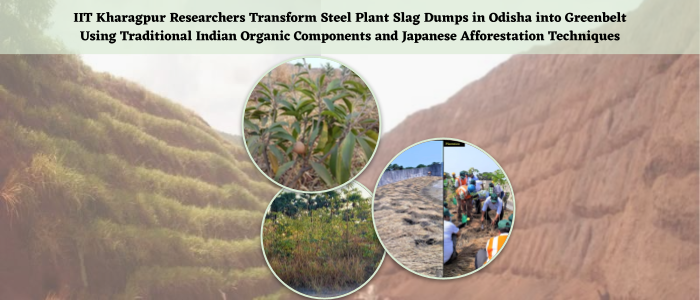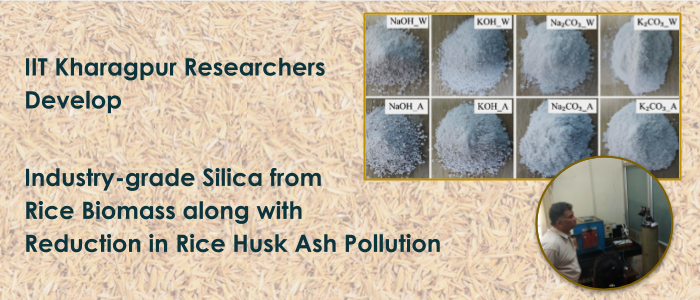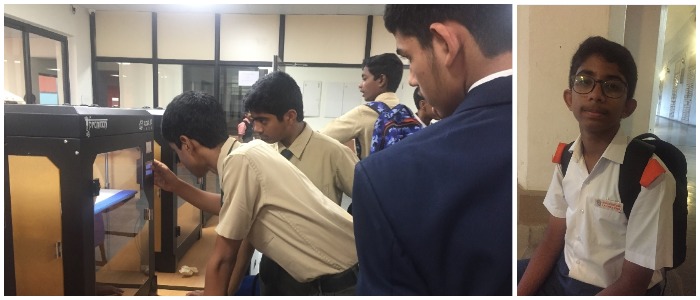
Turning Steel Slug Dump to Greenery Hub, IIT Kharagpur’s Transformative Work at Odisha
IIT Kharagpur Researchers Transform Steel Plant Slag Dumps in Odisha into Greenbelt Using Traditional Indian Organic Components and Japanese Afforestation Techniques A drive through Angul, near the Dhenkanal region of Odisha will give you vast stretches of green canopy and vegetation on what was once industrial dumpsites. The transformation to a green belt is not a natural reclamation but the Midas touch of the Post Mining Mine Site Restoration group of the Department of Mining Engineering of IIT Kharagpur through a project supported by Tata Steel BSL. The researchers afforested over 32000 square feet in the region following a rapid…



